Effective immediately masking is required for everyone when present on all inpatient units, in the Emergency Department (ED), the Urgent Care Centre (UCC), and the Children’s Outpatient Centre (COPC).
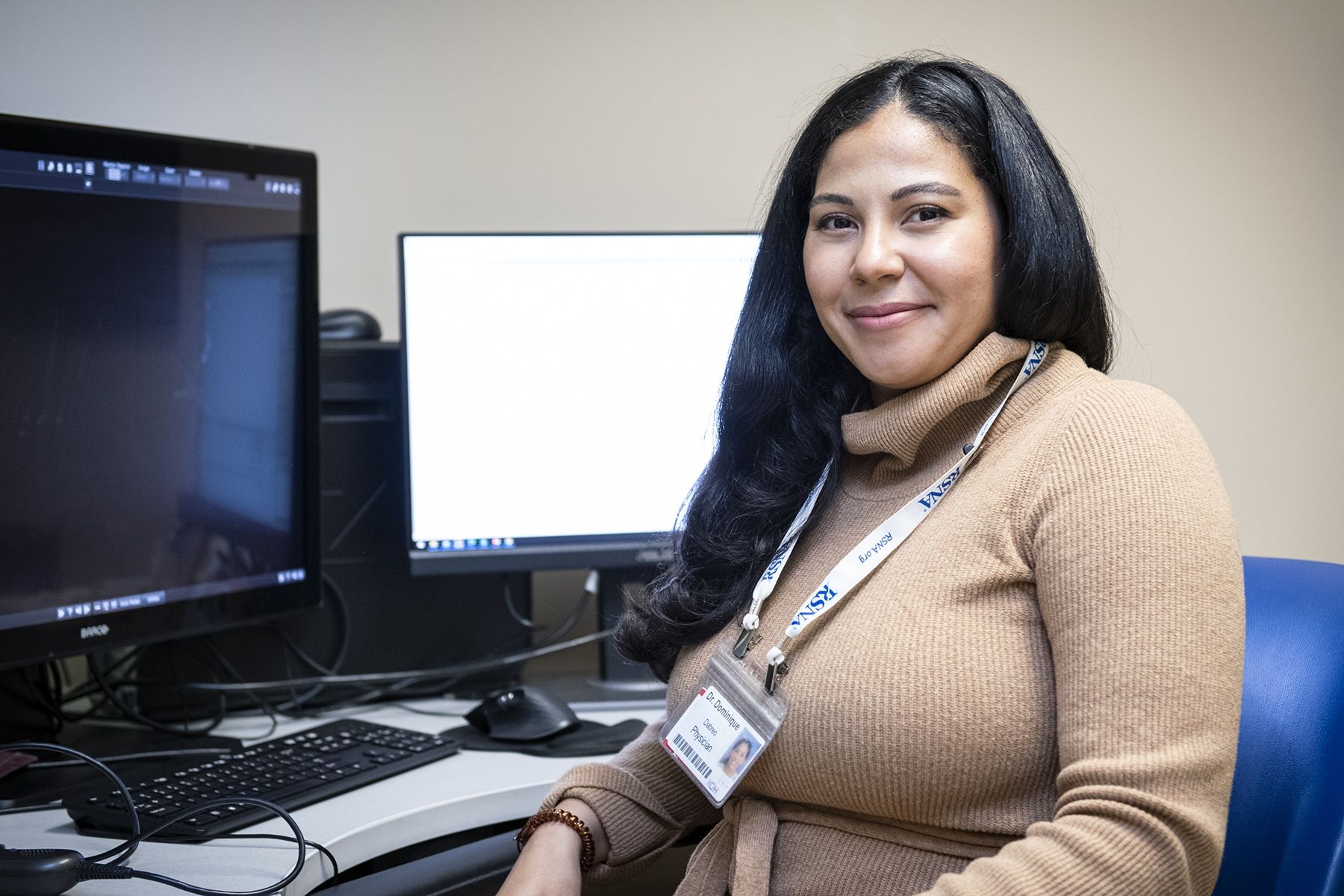
A collaboration between radiology and cardiology is helping patients who may be at risk for heart disease receive timely and efficient care closer to home. With a unified goal of providing the best patient care possible, both departments committed to reviving a cardiac imaging group that focuses on providing coronary computed tomography angiography (CTA) and coronary artery calcium (CAC) assessment to patients in the southeast region, and have done so with impressive results.
A coronary CTA is an important non-invasive test that uses low levels of radiation to diagnose heart disease. This test provides high-resolution images of the blood vessels supplying the heart, allowing the care team to identify if there is any narrowing or blockages caused by plaque occurring in a patient. The CAC scan measures calcium in vessels to help estimate the risk of a future heart attack.
“Heart disease is still the second leading cause of death in Canada and chest pain is a very common symptom for patients. Our goal is to help identify a patient’s risk earlier so that we can help guide decision making, improve patient outcomes and prevent future heart attacks,” says Dr. Dominique Dabreo, Cardiothoracic Radiologist. “Coronary CTA can now, in some instances, be the first line test to help evaluate patients with chest pain in a noninvasive way to help the family physician and cardiologist know what the next best step is in the patients care journey.”
Though this service has been offered at Kingston Health Sciences Centre (KHSC) for many years, it was not well known in the community, not attended on a regular basis and was not receiving the referral volumes expected. Patients were often travelling outside of the region for a testing coronary CTA and then would return to KHSC for the next steps in their care.
Recognizing that there was an opportunity to work together and provide a service to benefit patients, representatives from radiology and cardiology came together to put a partnership plan into action. Focused on creating a streamlined, efficient and quality process, both teams partnered to make coronary testing at KHSC a more accessible and known service, both for patients and other health care providers.
Having a partnership between the two departments was key, as cardiology generates and refers patients for the CT service and radiology requires these referrals to run the service. Bringing these two specialties together provides the best application of the test, as the appropriate patients are referred for the test and how the test is done most effectively is maximized.
“We wanted this program to be set up to keep patients in our region, manage them locally and provide them with better service, reduce travel and be a one-stop shop for them,” says Dr. Omar Islam, Head of the Department of Diagnostic Radiology. “Our goal was to make a program that was as patient-focused as possible.”
The partnership plan took a multi-pronged approach which included streamlining the CT examination, a dedicated coronary CT requisition, having trained nurses who would support the patients when they arrived on-site at KHSC for the test, dedicating a weekly time slot to bulk book the patient appointments to help make the process more efficient and then educating family physicians and other referring specialties on patient preparation and about the program being available.
“A key piece was collaborating with our radiology nurses, technologists, and booking administrative staff as they are a critical part to making this partnership a success, and this examination is very time intensive for them,” says Dr. DaBreo. “There is a lot of behind-the-scenes work that has to happen to image these patients safely and we wouldn’t be where we are today without their hard work.”
As a result of the efforts of this partnership the number of CT cardiac service cases per year, which includes coronary CTA, has increased from an average of 137 cases a year to the most recent results of 295 cases in 2022. An impressive number which reflects a 230 per cent increase since the partnership was re-established.
“Seeing these results makes us feel proud, highlights the importance of a strong interdepartmental partnership and is a real example of what can be accomplished when we have a common goal,” says Dr. Islam. “Though we are working in a resource challenged environment we can still achieve results when we work together, and this project has provided a lot of positive reinforcement for us an6d hope for ot613-her 879879projects we want to tackle.”
Gallery
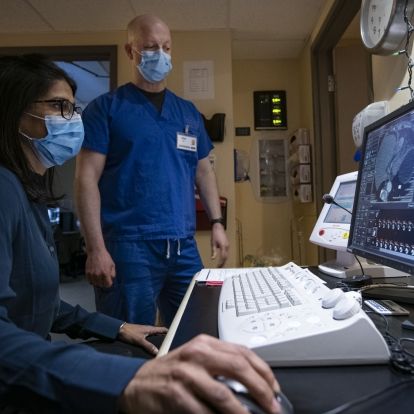
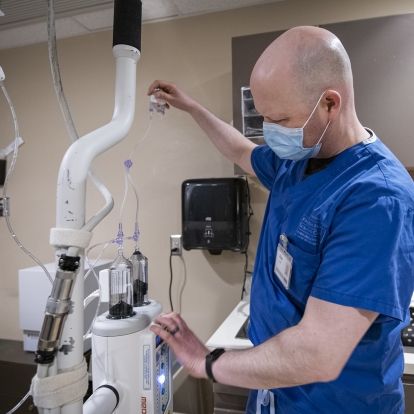
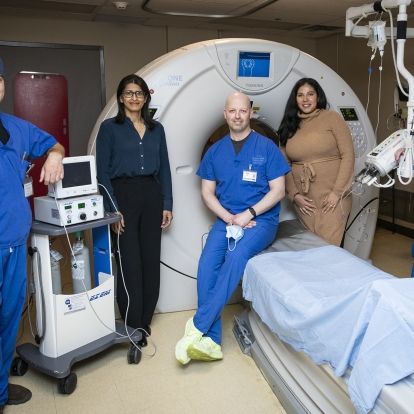

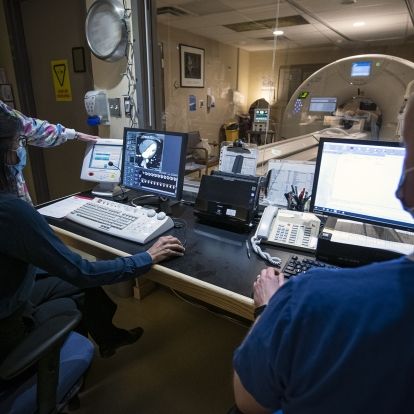
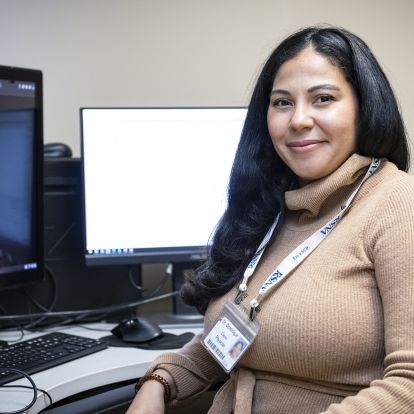
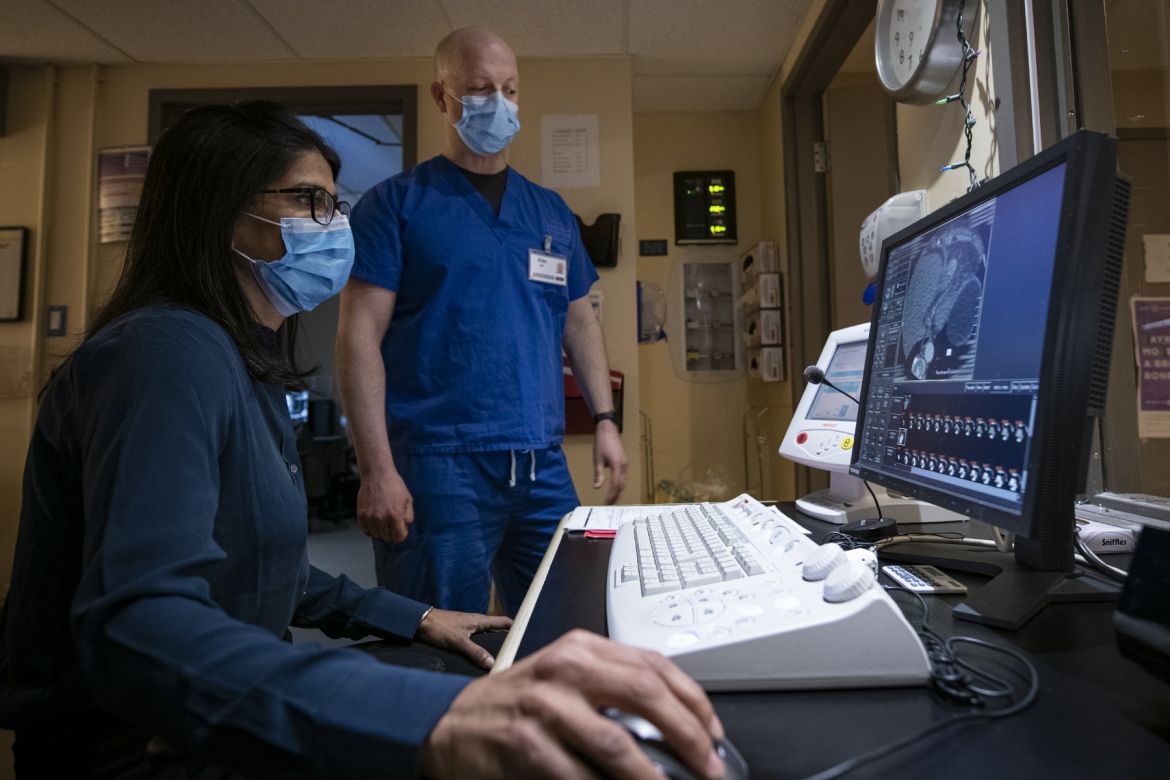
A collaboration between radiology and cardiology is helping patients who may be at risk for heart disease receive timely and efficient care closer to home.
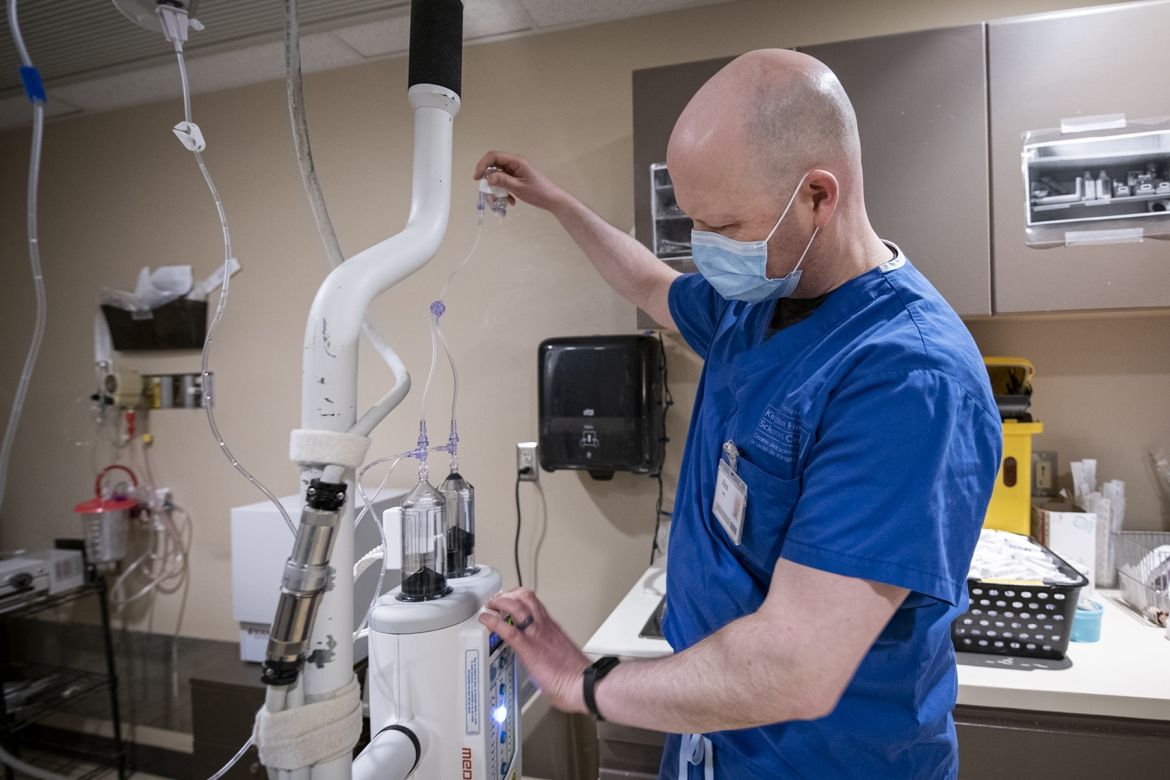
A collaboration between radiology and cardiology is helping patients who may be at risk for heart disease receive timely and efficient care closer to home.
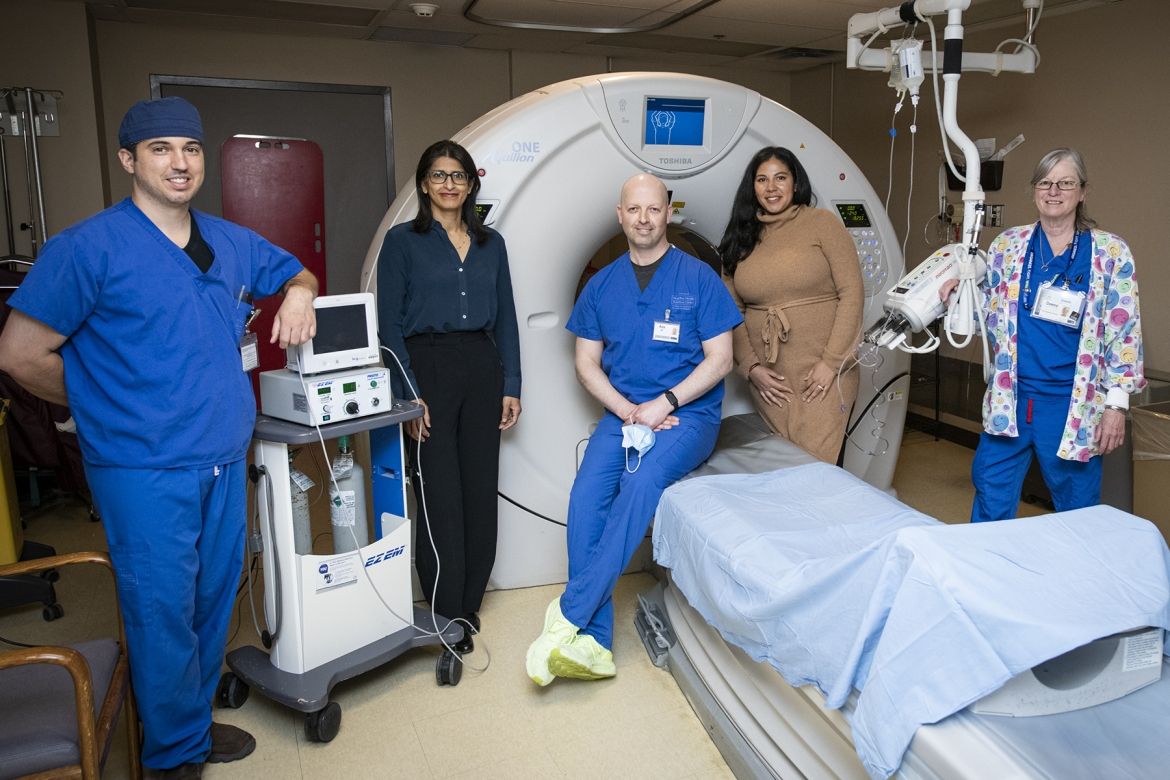
A collaboration between radiology and cardiology is helping patients who may be at risk for heart disease receive timely and efficient care closer to home.
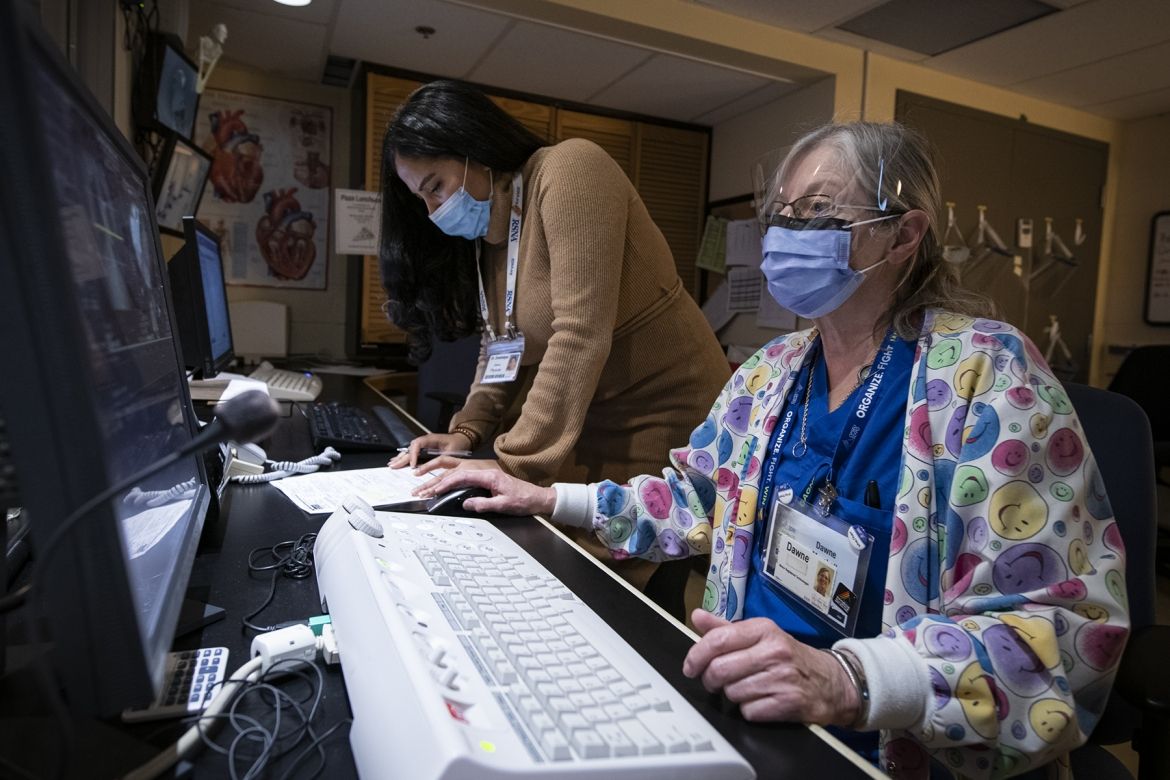
A collaboration between radiology and cardiology is helping patients who may be at risk for heart disease receive timely and efficient care closer to home.

A collaboration between radiology and cardiology is helping patients who may be at risk for heart disease receive timely and efficient care closer to home.
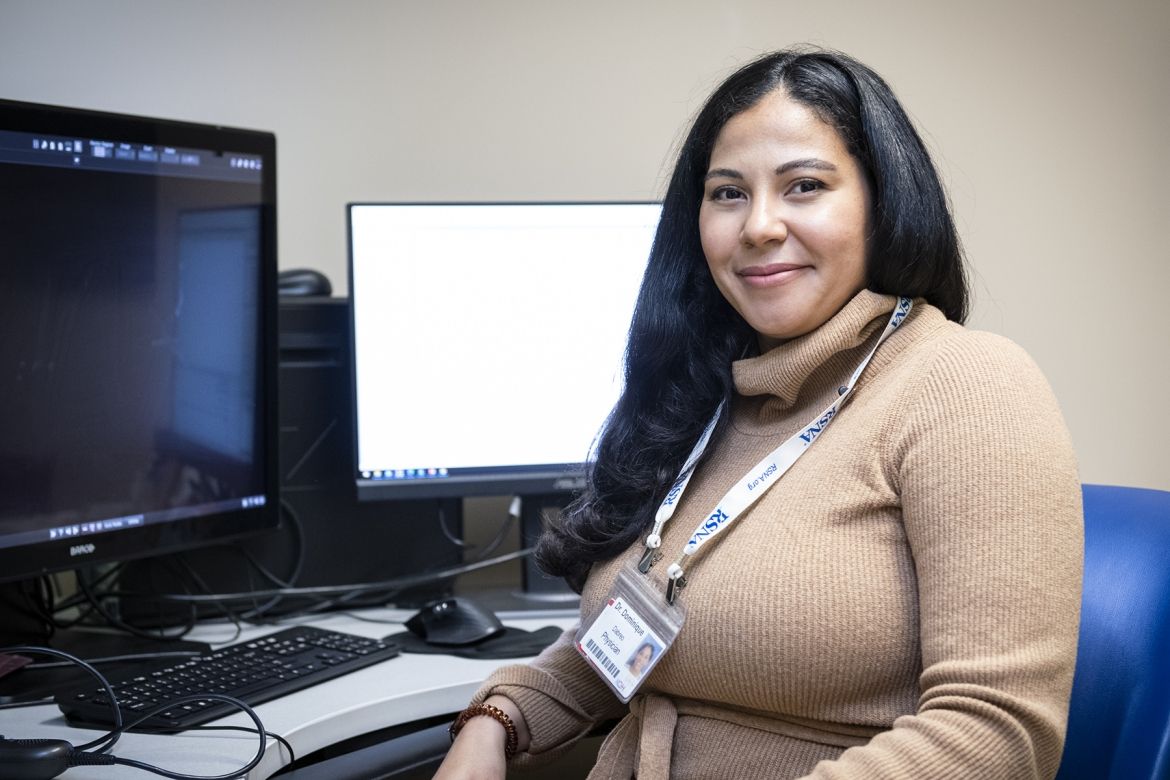
A collaboration between radiology and cardiology is helping patients who may be at risk for heart disease receive timely and efficient care closer to home.



